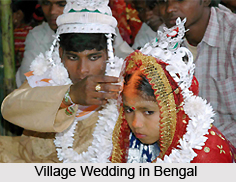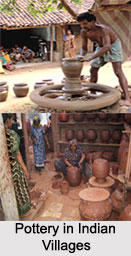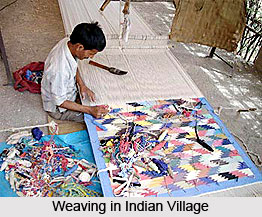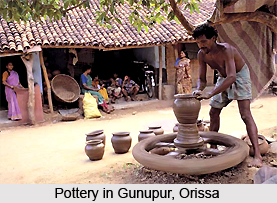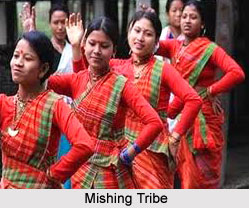Pottery of Western India involves a wide range of products, particularly of Rajasthan, Gujarat and Maharashtra. The pottery crafts of Western India bear ample testimony to the rich cultural heritage of the region.
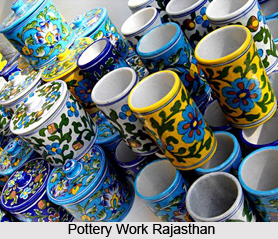 Pottery of Rajasthan
Pottery of Rajasthan
Blue pottery is an exclusive craft of Rajasthan, which flourished under the royal patronage of Maharaja Ram Singh and was introduced here by this Rajput ruler. `Multani mitti` or Fuller`s Earth, raw glaze and ground quartz stone form the main ingredients of the raw material for blue pottery. Intricate designs and bold colours like green, white and blue make these products attractive. These pots are decked with floral patterns, and other motifs of leaves, fruits and buds. `Surahis` or pitchers, flower vases, jars, jugs, ashtrays, doorknobs, `diyas` or traditional lamps and several other handicrafts are manufactured in this region. Jaipur is the main centre in Rajasthan which specialises in the production of blue pottery.
Alwar is recognised for its beautiful `Kagzi` pottery which makes thin-walled containers. The pots are made in different techniques, which facilitate efficient air circulation as they are equipped with double walls. Therefore, they are capable of keeping the water cool. Potters of Bikaner paint their crafts with gold or lac colours. Sawaimadhopur, Ajmer, Sikar and Bharatpur are reputed for their pottery work. Jalore, Ahora, Nohar, Nagaur, Merta and Molela craft magnificent terracotta artefacts which are in high demand throughout the nation. Rajasthan boasts of a rich cultural heritage of pottery art, as discovered by excavations at Kalibangan of the Indus Valley Civilisation, which dates back to 3300 B.C. to 1900 B.C.
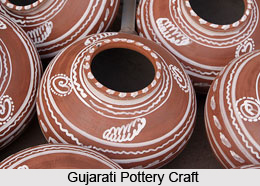 Pottery of Gujarat
Pottery of Gujarat
Potters of Kutch are engaged in creating terracotta toys. Local craftsmen of Aravallis and Chhota Udaipur tribal areas are the other portions of Gujarat which build terracotta pottery crafts. Utilitarian items and home decoration objects are made in such areas. Pots found at Lothal prove that many of the pottery items in Gujarat belong to the Harappan civilisation. Gujarat leads in the production of ceramic objects, which had commenced in the ancient ages.
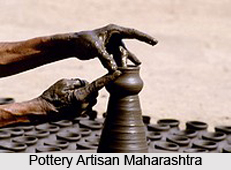 Pottery of Maharashtra
Pottery of Maharashtra
In Maharashtra, the areas of Bhadravati in Chandrapur district and Dharavi in Mumbai are the major centres which create various forms of black pottery.
Western India produces beautiful pottery crafts, which are in high demand across the nation for its various forms of products. Attractive colours and motifs are used to adorn such pottery handicrafts.
